Наше путешествие по Исландии подходит к концу, но в последний день нас ждало немало интересного. Точнее не день, а сутки. В прошлом блоге я упомянул прогноз на северное сияние, так что наши планы на вечер и ночь были все построены вокруг этого (несмотря на очень ранний подьем утром). В самом начале путешествия, еще на первом совместном ужине, мы обсуждали вероятность увидеть сияние в конце августа, и пришли к выводу что это маловероятно, но не исключено. И в итоге нам повезло – прогноз погоды совпал с очень интенсивным прогнозом на северное сияние (что-то типа 6 из 8).
Мы отдохнули как могли и отправились в очередной раз в лагуну на закат.
Our Iceland journey is coming to an end, but the last 24 hours were quite interesting. I mentioned our plans to shoot some auroras in the last blog – this is how it came to be. On our very first introductory lunch with the group we discussed the possibility of us capturing any auroras late in August and we agreed it was very improbable but not impossible. And here we were looking at the good weather forecast coupling with an amazing aurora forecast for the night (something like 6 out of 8). So we had some rest and ventured one more time into Glacier Lagoon for the some sunset shots.
В лагуне все было несколько иначе, чем в прошлый вечер, это место постоянно в движении.
Everything was different in the lagoon this evening, the icebergs here are in constant motion.
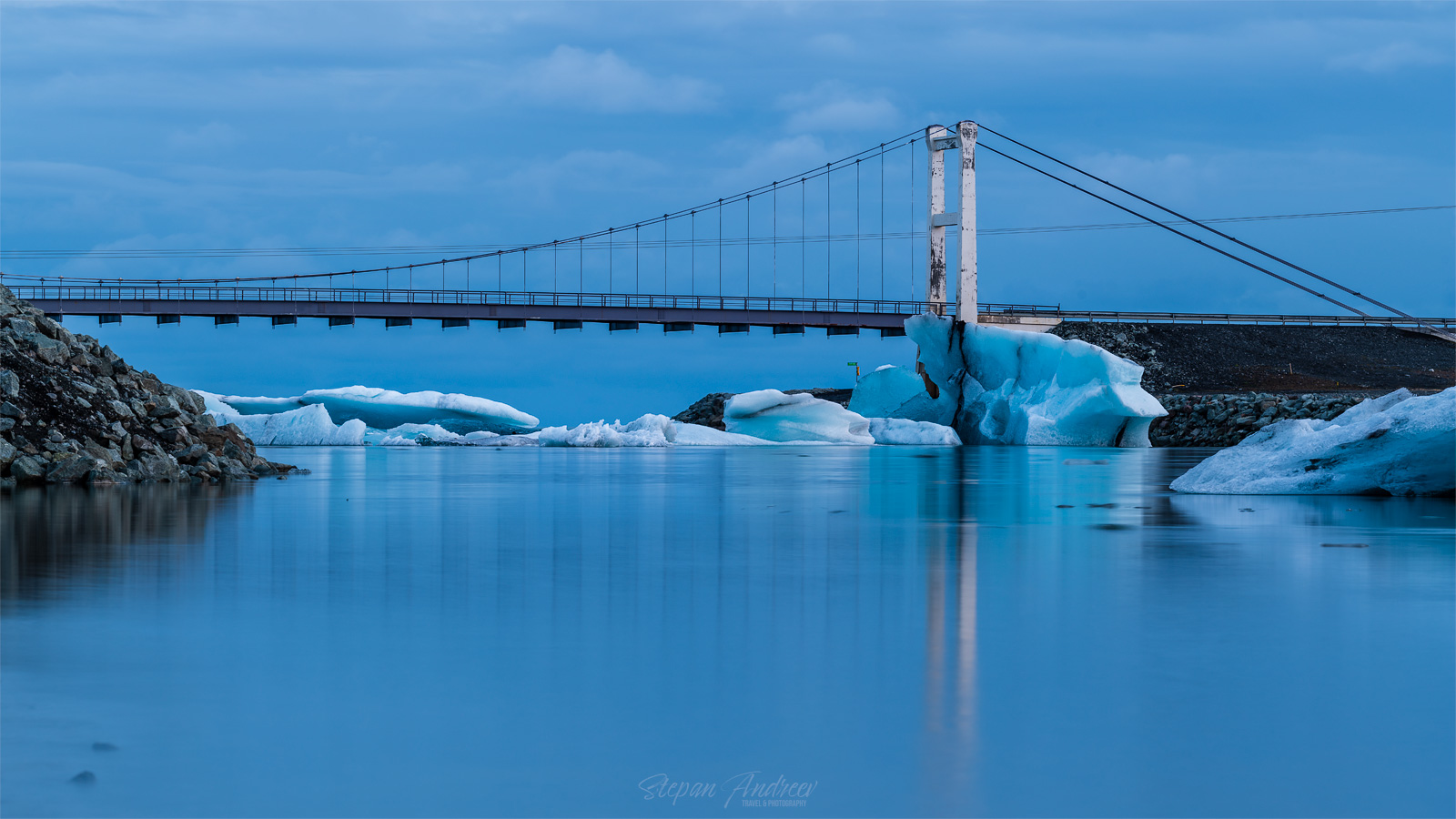
Кажется что айсберг застрял под мостом, но на самом деле это не так.
It looks like the iceberg is stuck under the bridge, but it is just a trick of perspective.
После заката мы вернулись в отель на ужин и стали ждать когда стемнеет. Изначально Крис думал ехать в другой ледник, но увидев как именно “играет” сияние решили остановиться опять в лагуне.
Снимать авроры оказалось с одной стороны просто, а с другой стороны совсем наоборот. Человеческий глаз в принципе видит сияние, но практически не различает его цвет. В начале, пока еще не было совсем темно, сияние было еле-еле видно – просто белесый туман на небе. Правда в отличие от тумана, сияние “играло” и довольно быстро менялось и двигалось, поэтому его ни с чем не спутать. В самый же пик сияния было ярко как при очень полной и яркой луне, и даже человеческий глаз различал легкий зеленый отсвет. Передать это даже на фото сложно, особенно когда ты первый раз в жизни фотографируешь подобное явление, но я попробую. Фото пойдут более менее в хронологическом порядке, на первом фото даже поймал случайно метеор (были еще фото с метеорами, но не такими яркими).
After sunset we went back to the hotel for some dinner and rest. Around 11.30 pm it finally got dark enough so we ventured onwards. Initially Chris planned to go to a different lagoon, but once we got closer and saw the aurora we ended up on the other bank of the Galcier Lagoon again.
On one hand technically it is easy to capture “a photo” of aurora – just ISO 1600, F2.8 and about 10 seconds, but on the other hand it is quite hard to get a good photo – you really need to plan your foreground beforehand, as it is quite dark to find compositions. Human eye can see auroras, but it is almost impossible to discern any colour – all you see is a milky glow in the skies. But it is quite a show nevertheless as it moves and “dances” in the skies. We were lucky to see quite a strong one as well, at the peak of the aurora it was bright as during a very bright full moon night and we can actually see some green cast with our own eyes. As it was my first time ever witnessing and even more photographing this phenomenon, so my photos are not amazing, but I’ll do better next time. Photos below a re more or less in chronological order, I’ve even captured a rather bright meteor on the first one (there were much more shots with meteors, although not as bright).
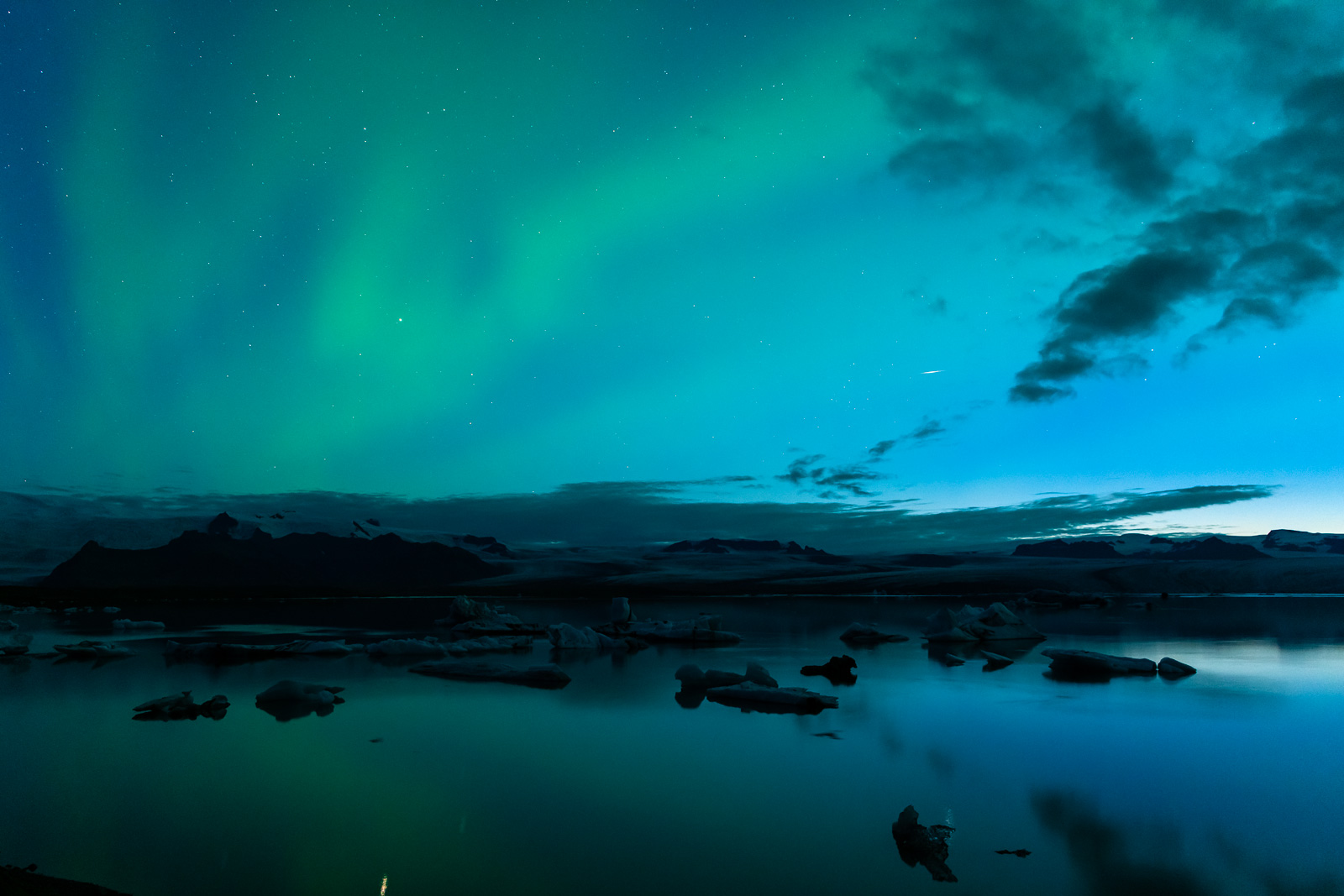

Ну и конечно один из самых лучших способов показать аврору – таймлапс.
One of the best ways to capture and display auroras is definitely the timelapse.
Мы провели где-то 2.5 часа на берегу лагуны, время пролетело незаметно. Замерзли мы довольно изрядно, несмотря на то, что одевались с большим запасом – когда стоишь практически без движения тепло довольно быстро уходит. Около 2х часов ночи мы решили возвращаться в отель, так как сияние уже пошло на убыль и в следующий день предстоял неблизкий путь обратно в Рейкьявик.
В целом я оказался решительно не подготовлен к сьемке сияния, но это лишь повод вернуться еще раз и найти более интересные композиции.
На следующий день погода нас удивила в очередной раз – на небе было ни облачка вообще. После 10 дней разной степени облачности и штормов для нас это было очень непривычно. Сначала остановились в лагуне, в которую изначально Крис планировал ехать снимать сияние ночью.
All in all we spent about 2.5 hours shooting auroras, the time flew past really quick. We did get quite a bit cold, even though we came prepared and put on some extra layers – it is inevitable when you just stand mostly still in the cold dark night. Around 2am we decided to call it a night as the aurora was fading and we had a long road to Reykjavik ahead of us in the morning.
In general I was completely unprepared to capture auroras, but this is just one more reason to come back and find a better compositions.
The weather surprised us once more in the morning – not a single cloud in the skies. After 10 days of clouds and storms of various density it felt very unusual. Our first stop was in the other glacier lagoon, the one Christ wanted to visit in the night to shoot auroras.



По дороге в Рейкьявик мы посетили несколько ОЧЕНЬ туристических мест, но несмотря на толпы людей водопады очень впечатляют. Сюда к счастью легко попасть и без вездехода, так что в следующий визит в Исландию постараюсь сделать более интересные фотографии. На первом фото ниже – церковь города Vik – довольно популярна среди фотографов. Погода не располагала к интересным кадрам и мы не стали подбираться ближе.
On our way to Reykjavik we visited mostly very touristy places, but despite the crowds they were still quite impressive. They are easy to get to even without a 4×4 vehicle, so I’ll try to revisit them in my next visits to get some more interesting photos. On the first photo below is a church in Vik, quite famous with photographers. The weather was not very photogenic, so we decided to not go closer.
Очень людное место – Skogafoss. В идеале сюда надо приезжать на рассвете, да и то есть немалый шанс встретить толпу фотографов. Однако на рассвете практически невозможно получить такой кадр. Снимать правда было непросто – с одной стороны нужна длинная выдержка, чтобы “размыть” людей и воду, с другой стороны брызги от водопада очень быстро накапливались на фильтре. В итоге я выбрал компромисс – 5 секунд выдержки и немного фотошопа чтобы убрать силуэты людей.
One of the most busy places we’ve seen in Iceland so far – Skogafoss. Idealy you want to be here on the dawn, but there is still a chance to encounter a horde of photographers. On the other hand the shot below is impossible at dawn, so I’m quite happy with it. It was very challenging to shoot though – you need long exposure to blur water and people, but the constant and very intense spray from the waterfall (the wind did not help at all) was coverng the lens and the filters pretty quickly. I compromised on 5 second exposure and some Photoshop to remove people’s ghostly outlines.
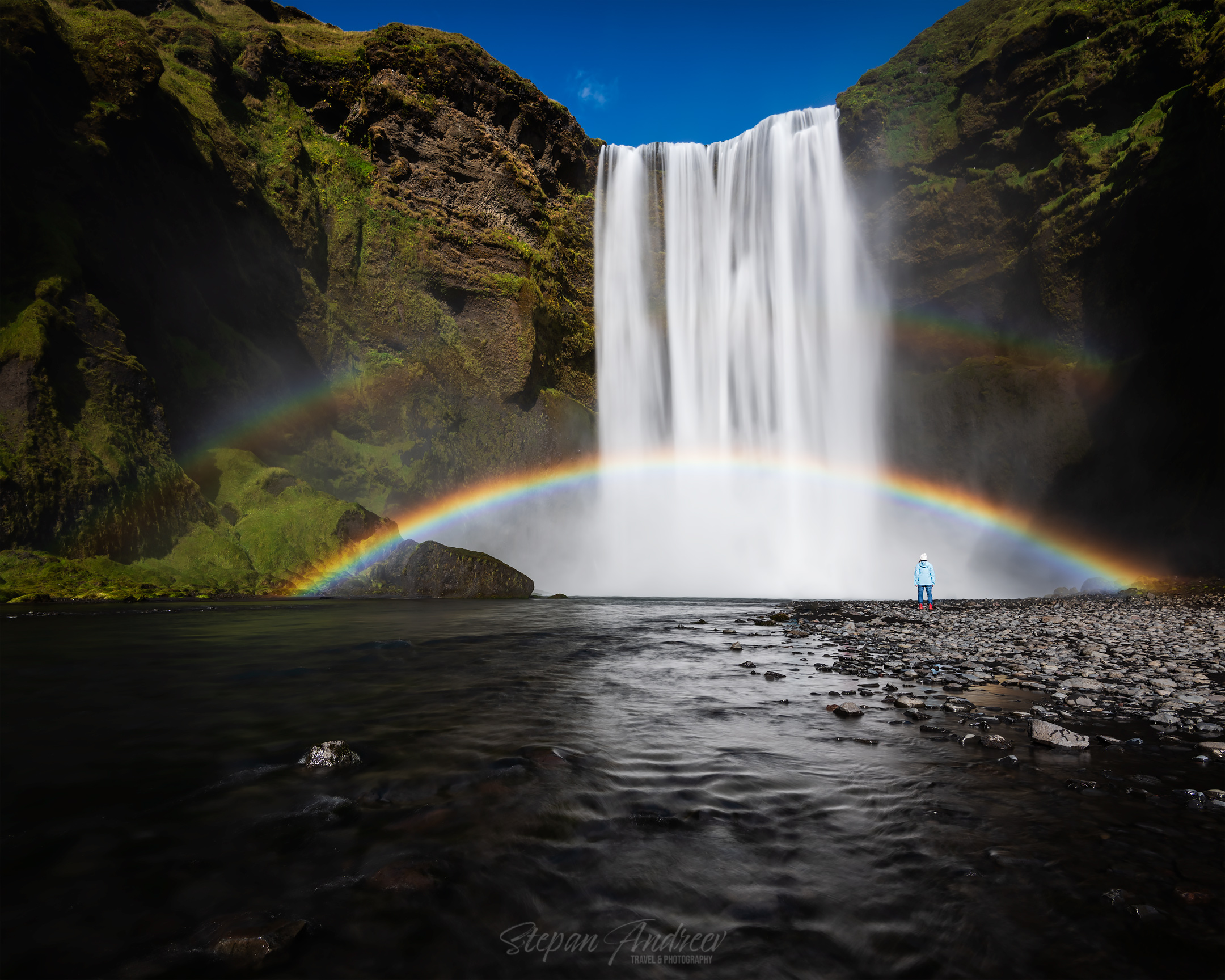
Последняя точка на нашем пути – водопад Seljalandsfoss. Снимать тут тоже очень непросто, особенно со штативом. Тропа довольно узкая и скользкая, много туристов, и при очень широкий динамический диапазон кадра, так что требовалось “склеивать” несколько кадров с разной выдержкой. Здесь тоже нужно быть на рассвете/закате – в следующий раз.
And the last spot on our trip – Seljalandsfoss waterfall – the one you can go behind. It is even more challenging to shoot, especially with a tripod. The trail is mostly narrow and very slippery, water spay is intense and there is no shortage of tourists. Huge dynamic range so you have to shoot bracketed on a tripod if you want to capture it all. Ideally you want to be here on sunrise or sunset too – one more location for the next visit.
На этом мой рассказ об этой поездке подошел к концу. В Исландию я обязательно вернусь, здесь осталось много чего интересного, да и вернуться в некоторые места тоже хочу. В следующий раз обязательно нужно брать дрон – с высоты Исландия не менее, а иногда и более чем потрясающая.
P.S. Северное сияние в утро моего вылета обратно было настолько ярким, что его было видно от дверей отеля в Рейкьявике, несмотря на все освещение вокруг – Исландия проводила меня по королевски и всячески заманивала обратно как можно скорее.
So, that’s everything I’ve got for now. I will definitely be back in Iceland, there is so much more to explore and I do want to revisit some places too. Drone is an absolute must for the next visit – Iceland is a perfect destination for some drone photography.
P.S. On the morning of my departure from Reykjavik the aurora was so bright that you could see it with a naked eye from the hotel’s bus stop even with all the light pollution – it was a nice parting gift from Iceland and a tease to come back again.
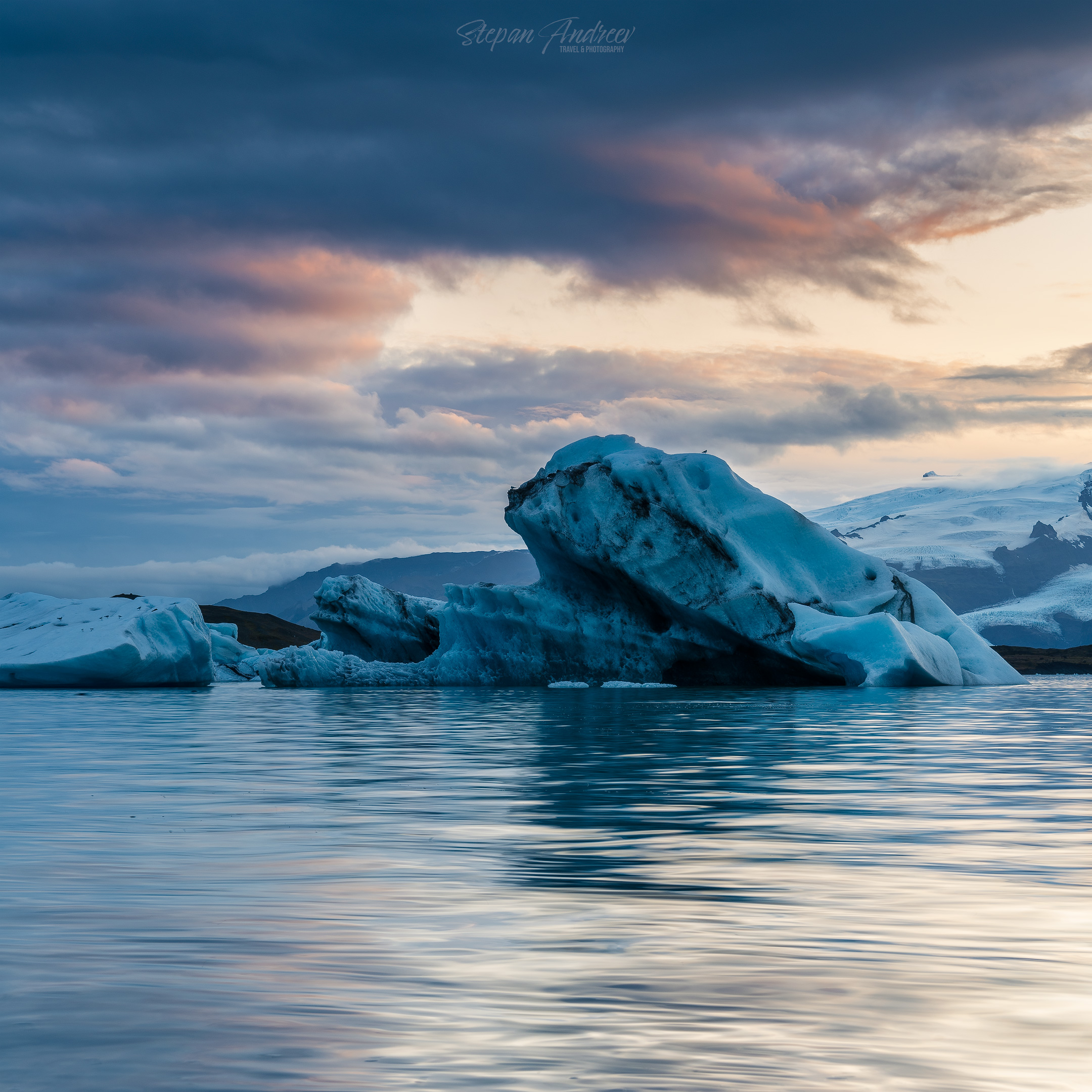
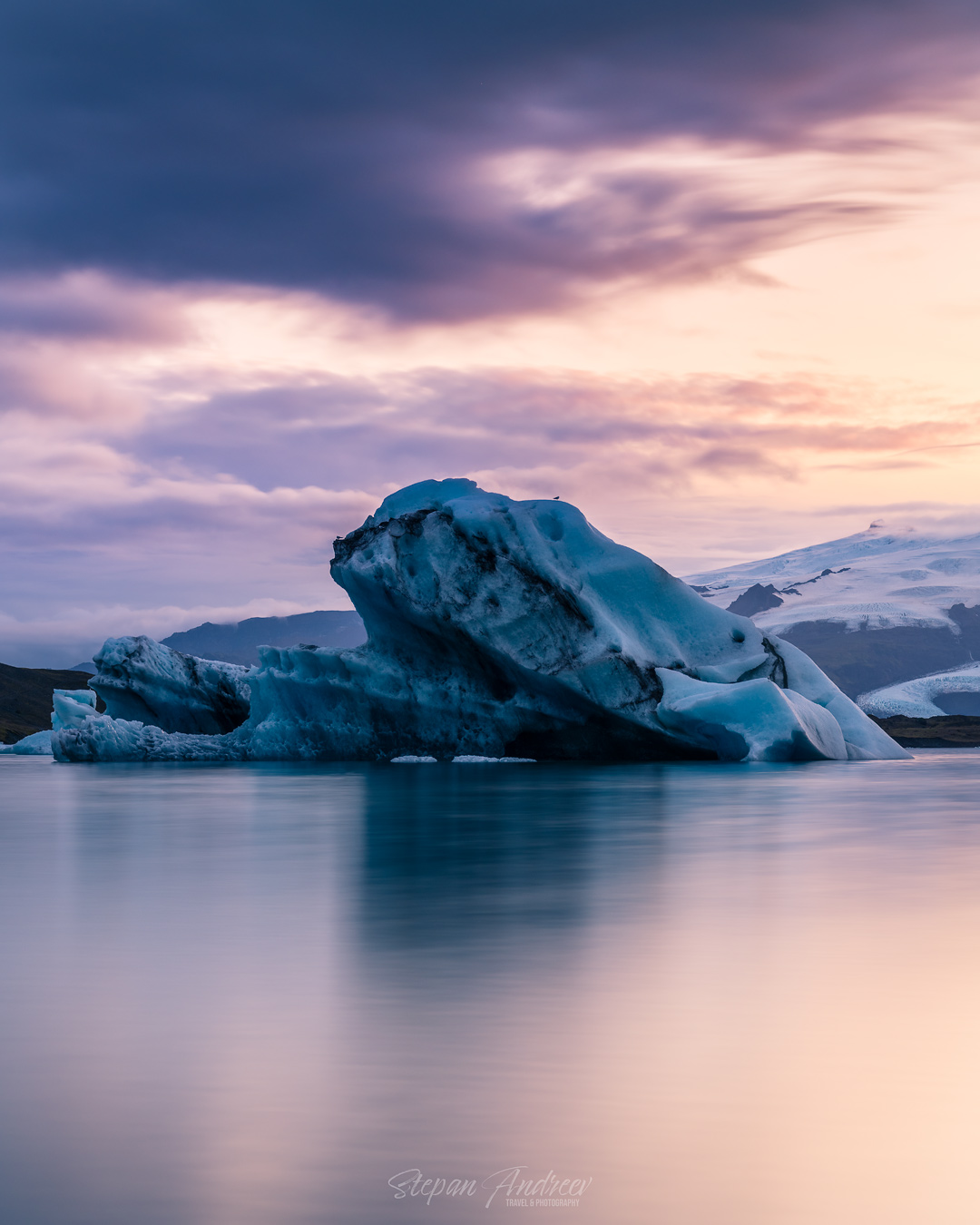
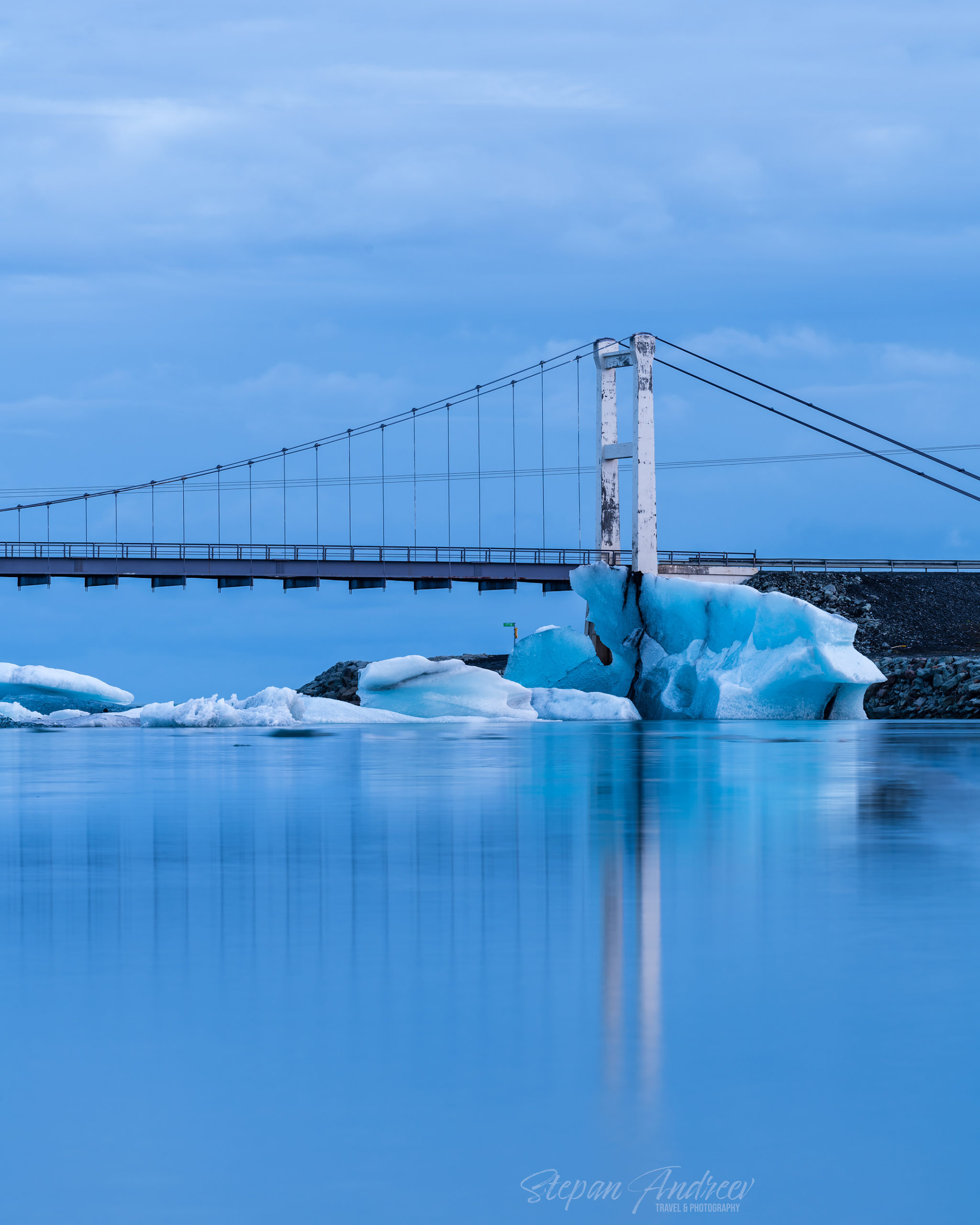
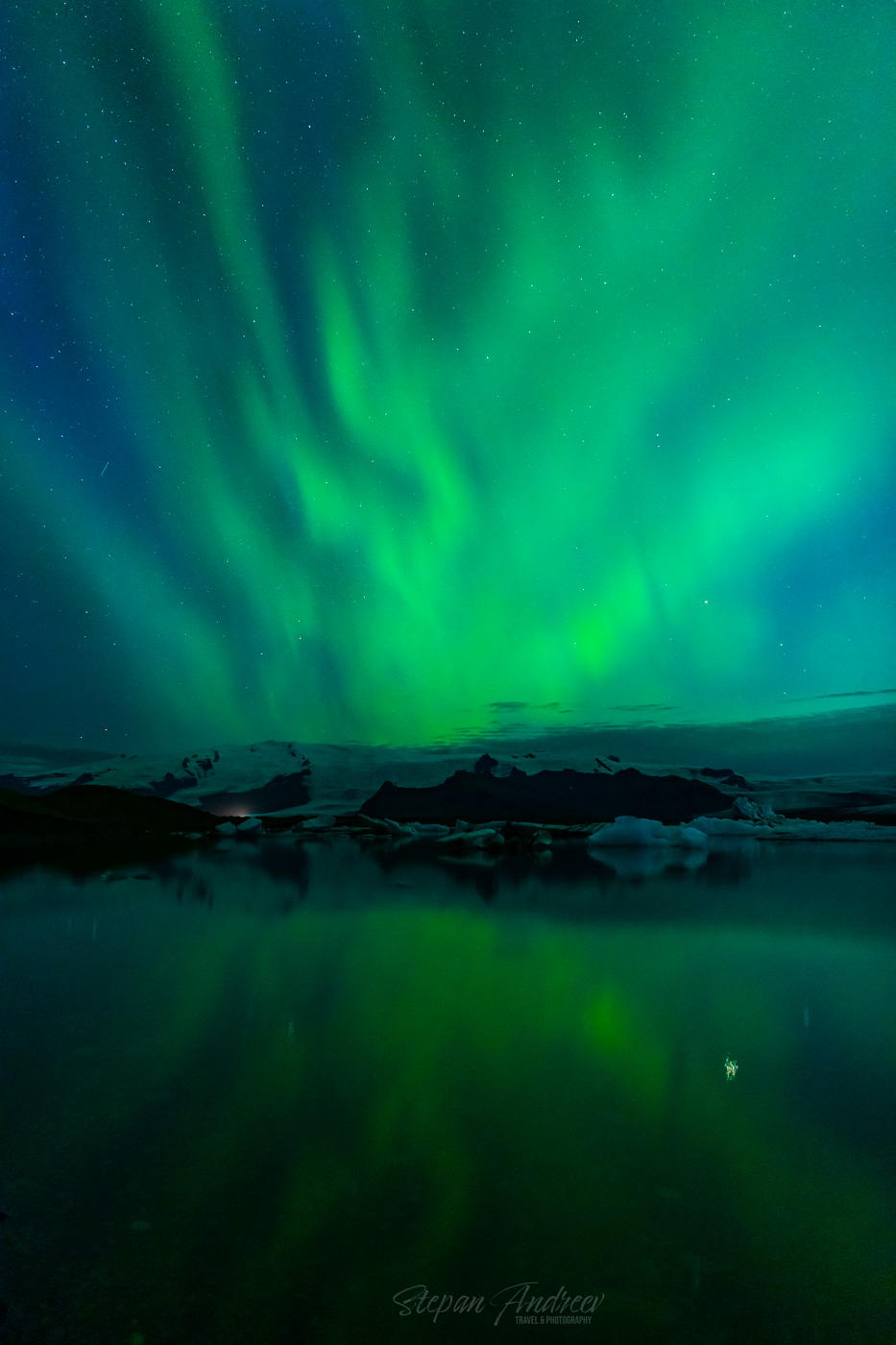
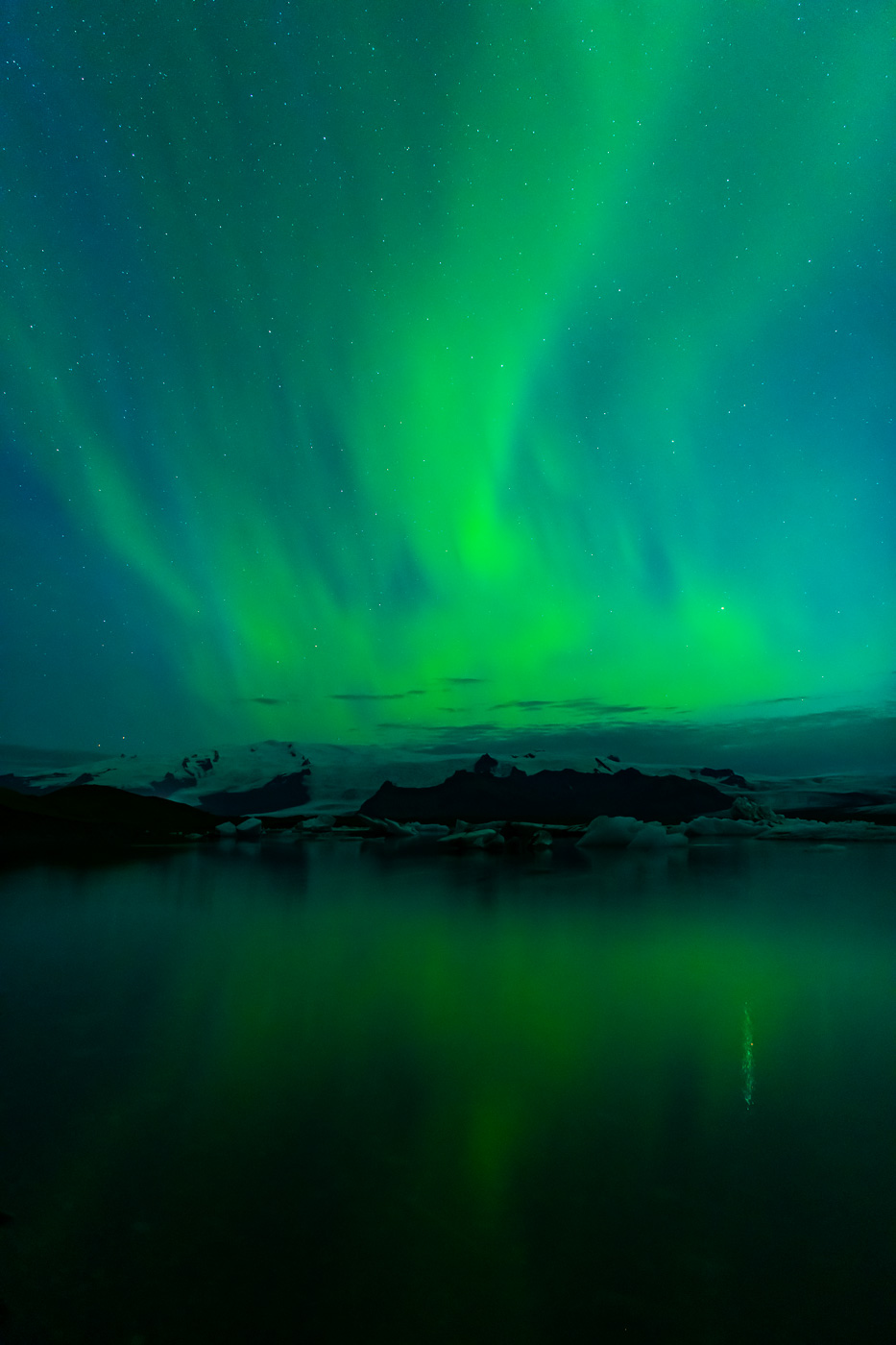
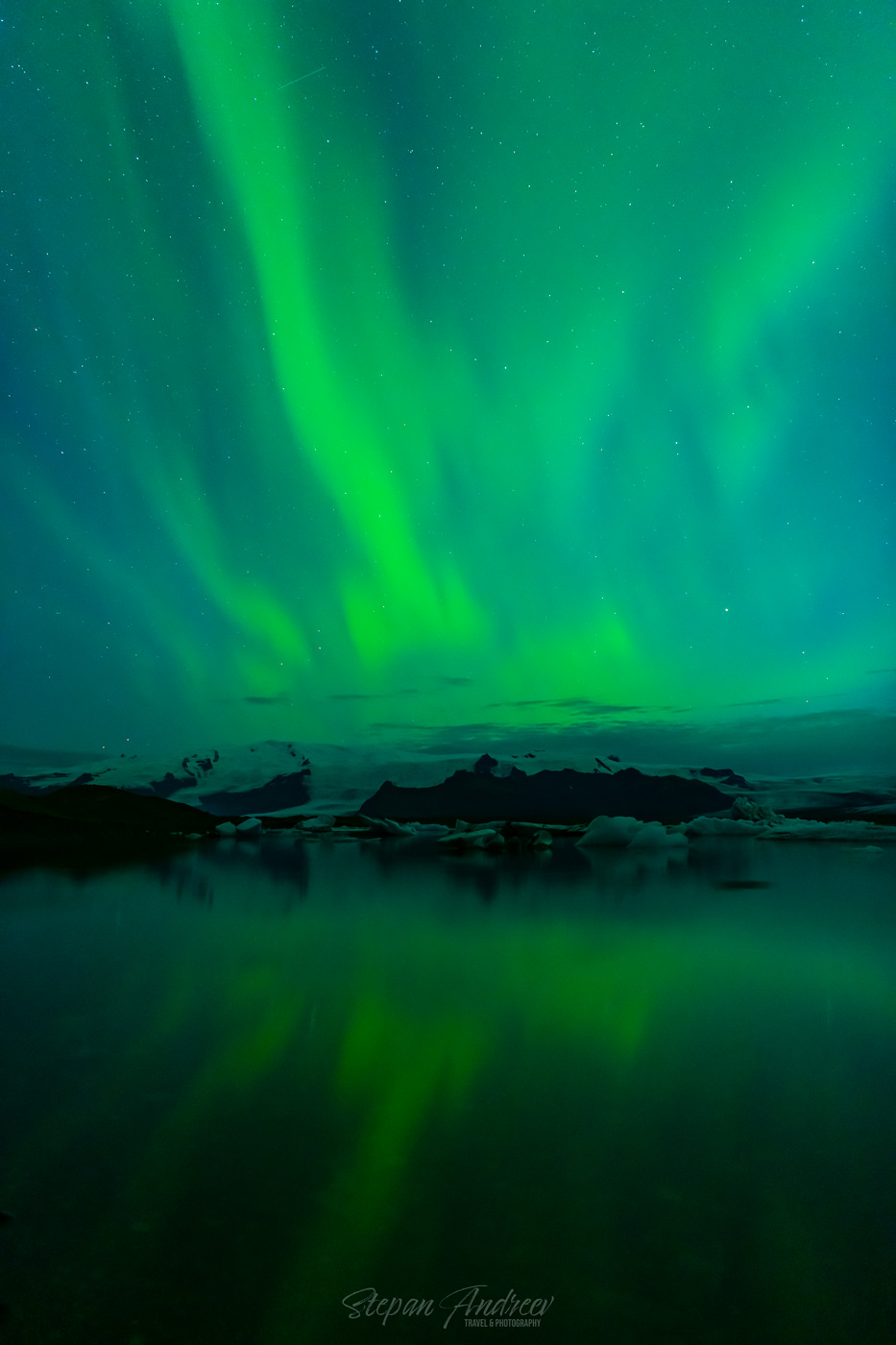
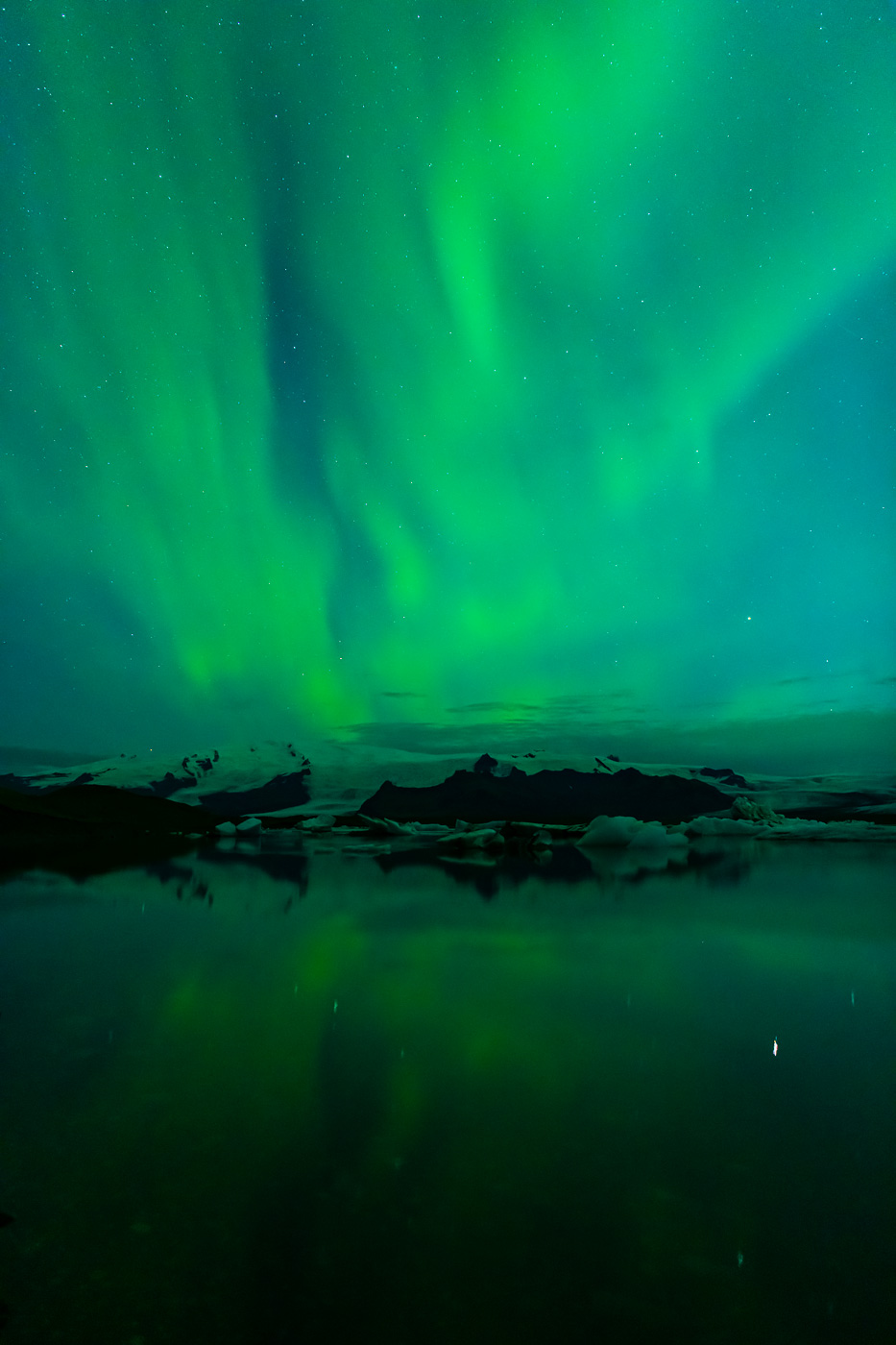
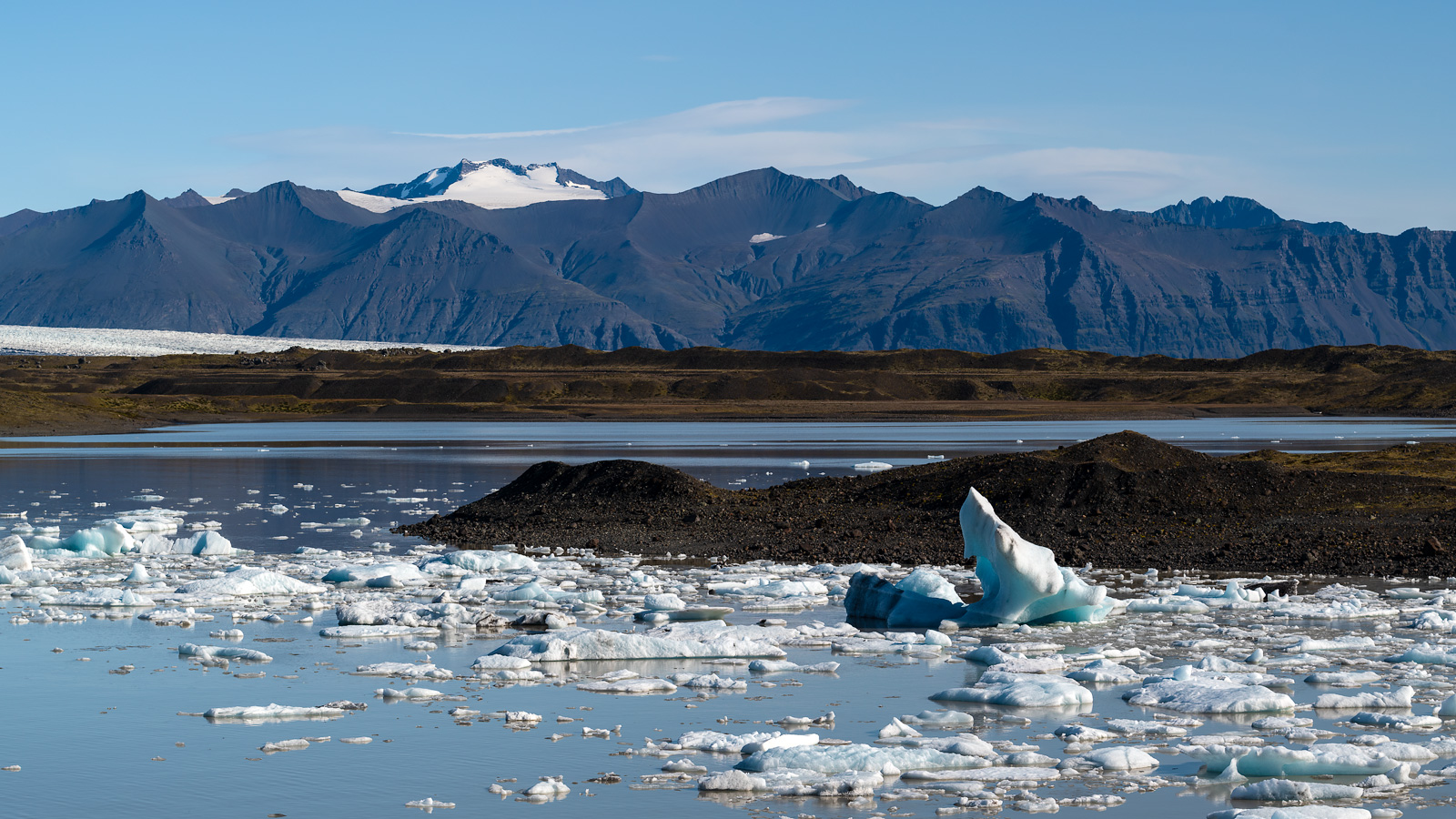
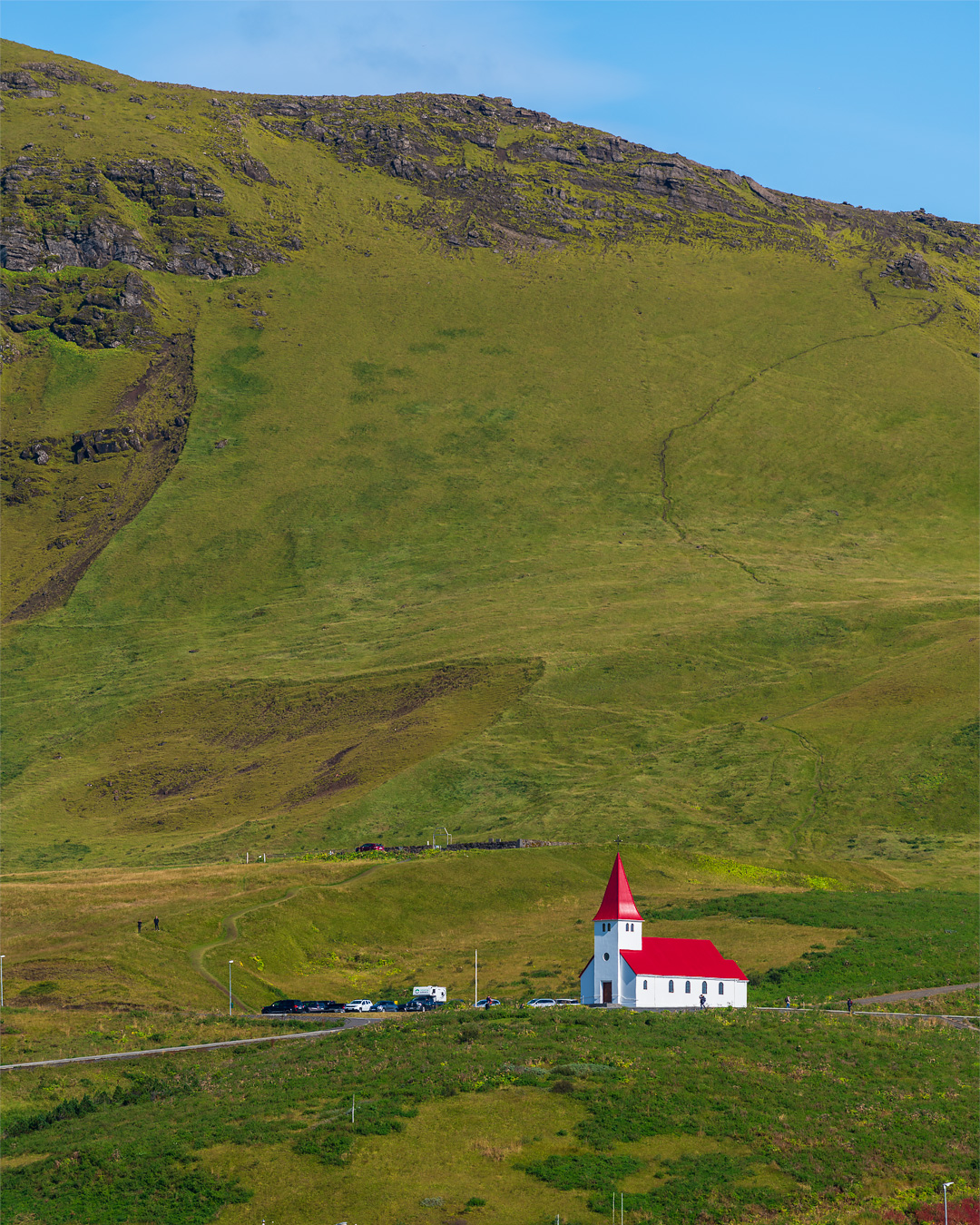
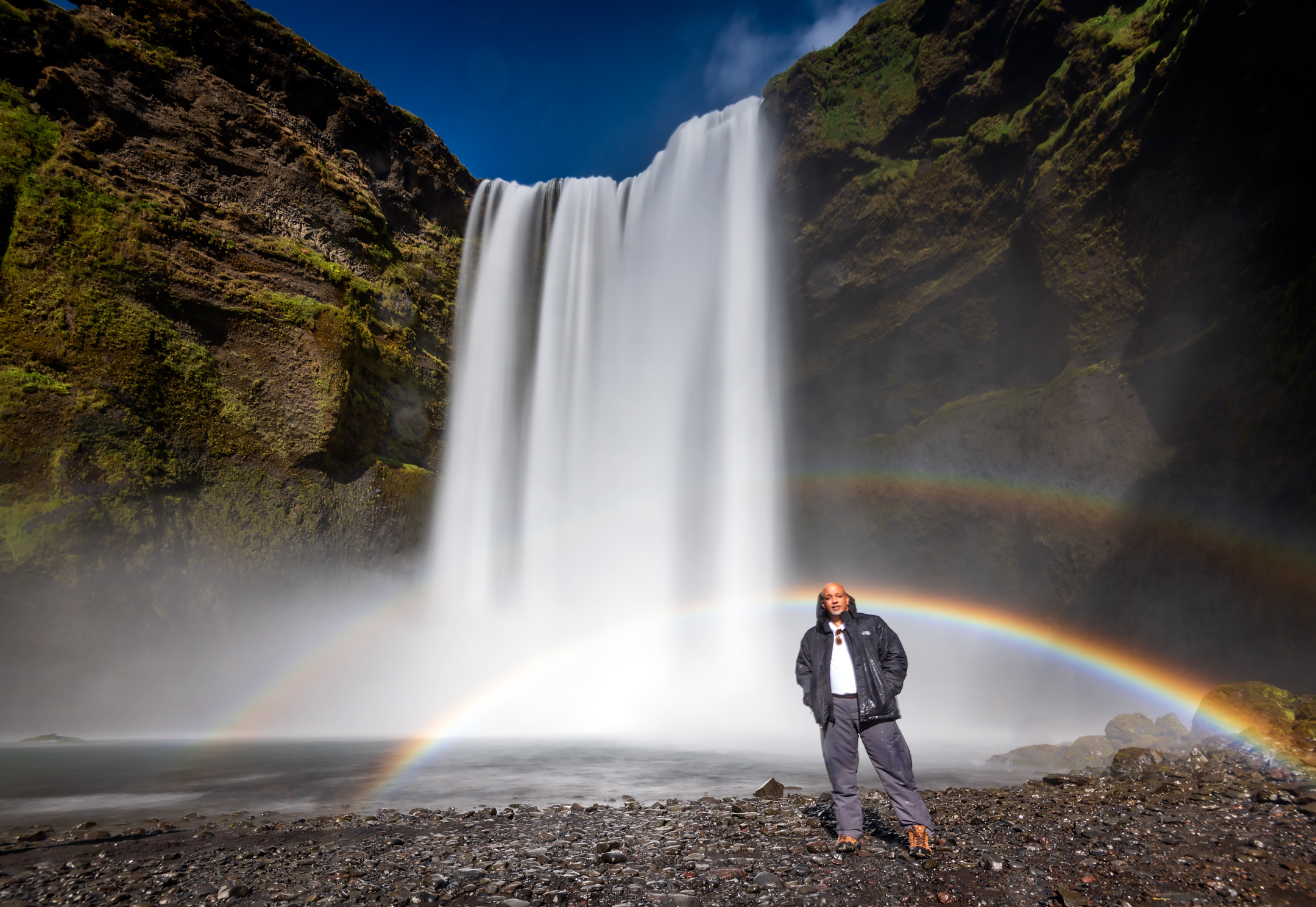
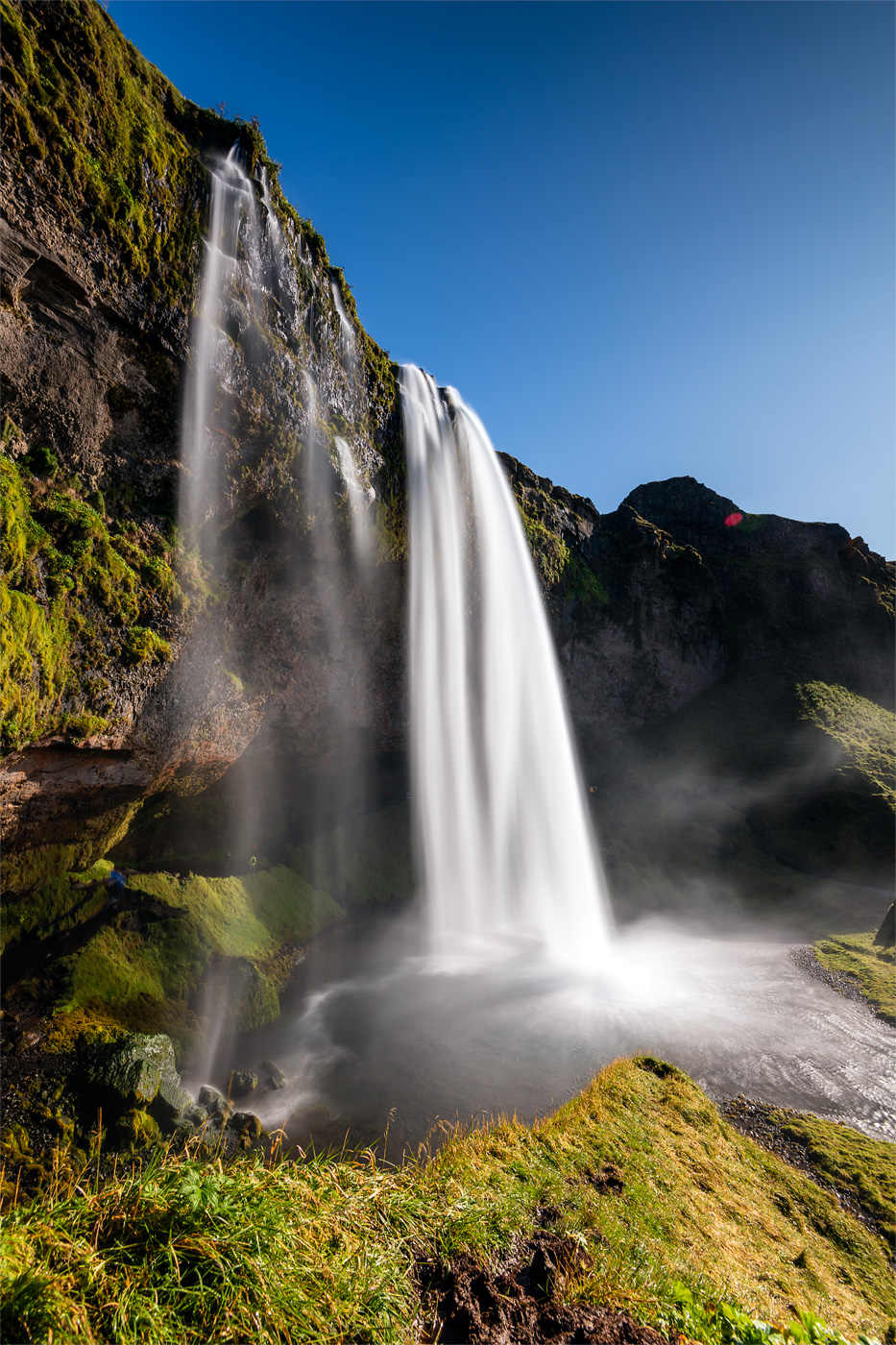
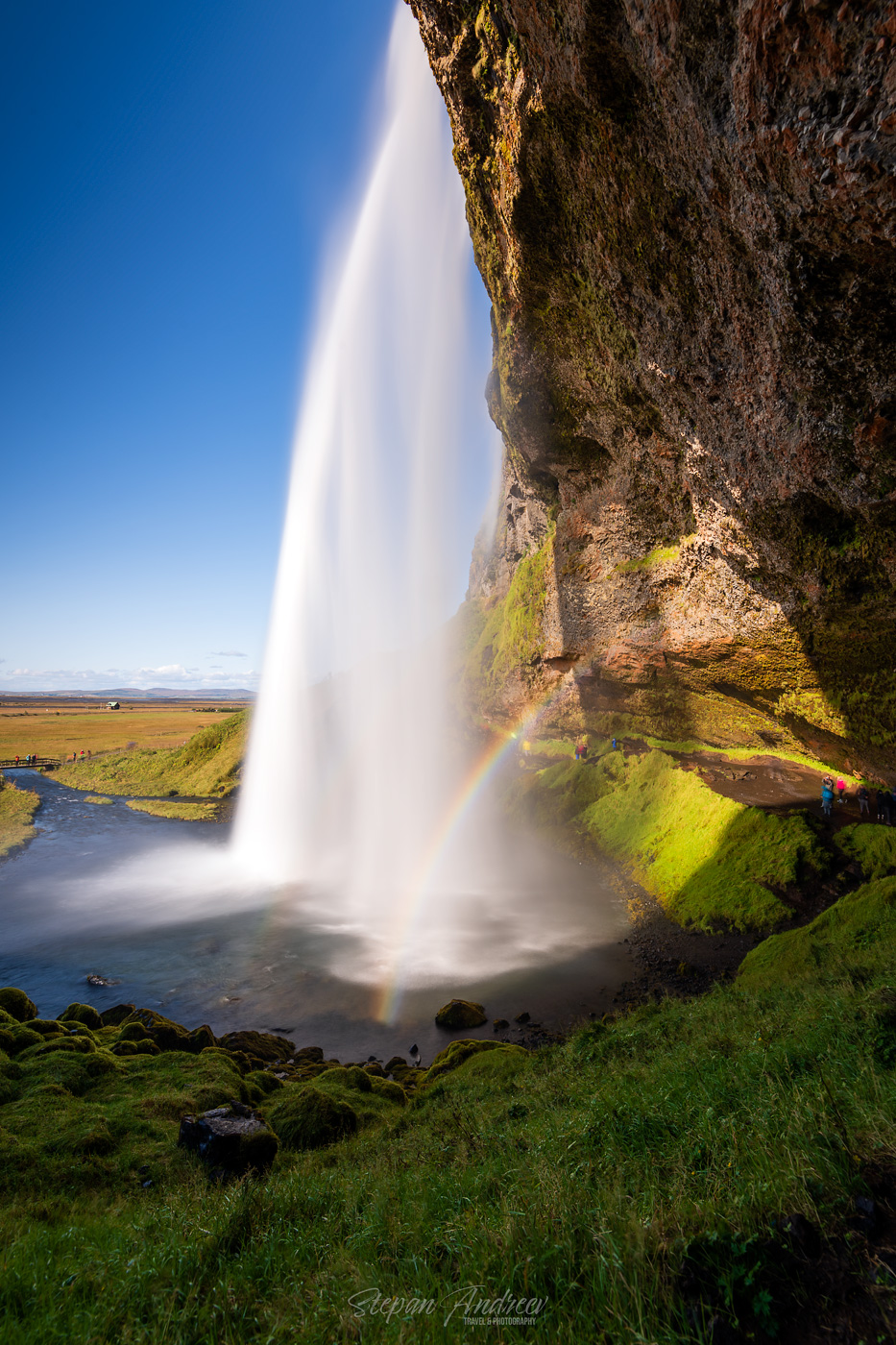
Leave a reply